Pet Stains on Hardwood Flooring
Pet Stains
I get one of those calls at least once a week... I have some stains in the corner of my living room. Can you guys fix it somehow?
This is never easy to answer.
Usually, I will say: "Absolutely, yes, we can!", but if a culprit is your dog or cat, then we may have a bit of a problem. Such a stain can not be just sanded out, like you would scratches. To get rid of this type of serious damage, you need to get serious.
Why?
Because, just like a water damage that was left unattended, a pet-stain (especially one that "accumulated" the moisture over time) runs deep into the wood and stays there.
You can easily spot the damage, as it will turn the wood dark, in some cases black, like in the picture below:
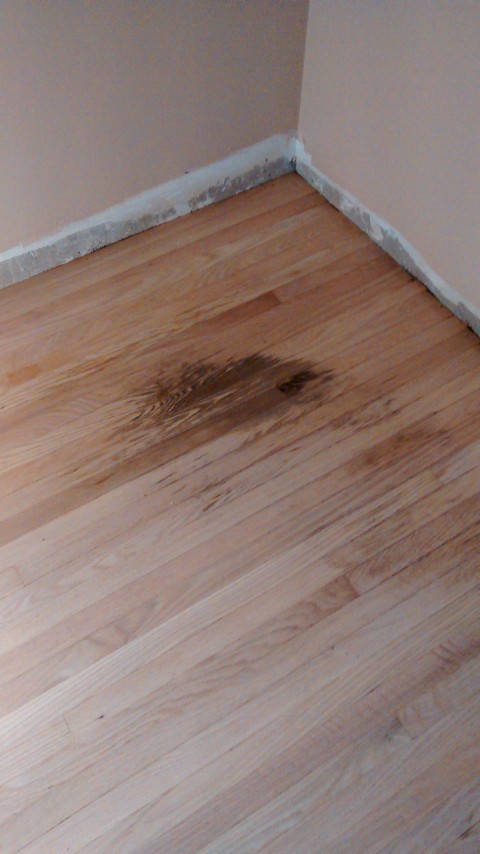
Not very pretty, is it? This is after the floor was sanded to the bare wood. See that nasty black spot? That's one stain that can't be just "sanded off" with the sander machine.
Here is one more, from the same house, this one is by the front door and is a bit smaller, but still is very visible:
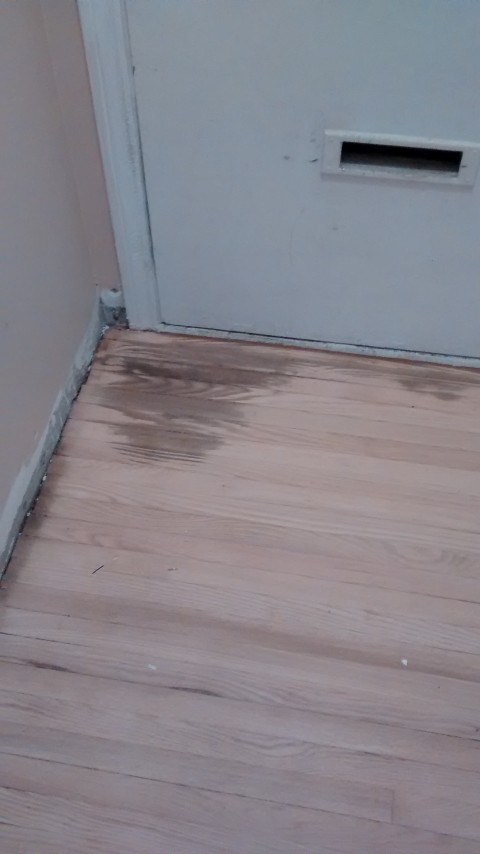
As you can see, those dog stains will not go away with just sanding. If you want to get rid of them for good, you need to replace the damaged boards.
Not everyone wants to do that however. Some people, in older houses with original floors refrain from board replacement, as it may not be possible to match the species and size of the boards. Usually we can do that, but sometimes the matching style and species is just no longer available; the only solution is to have the boards custom milled and that means... a big price tag.
Why Cat Urine is Especially Problematic for Hardwood Floors
Cat urine is more than just smelly—it’s chemically potent. It contains ammonia, uric acid, and other organic compounds that are extremely difficult to remove once they’ve penetrated wood fibres.
Common problems include:
- Strong, lingering odour: Uric acid crystals bond with wood and re-release smells when exposed to moisture.
- Discoloration: The acidity of urine can bleach or darken hardwood.
- Warping or cupping: Excess liquid can cause the wood to expand and distort.
- Re-marking: If the scent remains, cats are more likely to urinate in the same spot again.
Step-by-Step Cleaning: Fresh Stains vs. Old Stains
If the Urine Is Fresh (Act Immediately)
Speed is crucial. The longer the urine sits, the deeper it penetrates the wood.
1. Blot the Area
2. Use a Vinegar-Water Solution Note: Vinegar is acidic, so avoid excessive use on waxed or delicate finishes. Test in an inconspicuous spot first.
3. Apply an Enzymatic Cleaner
- Use paper towels or a clean, dry cloth to blot up as much liquid as possible.
- Press gently but firmly—avoid rubbing, as that can spread the stain or push it deeper into the grain.
- Mix 1 part white vinegar to 1 part water in a spray bottle.
- Lightly spray the stained area or dampen a cloth and gently wipe.
- Vinegar helps neutralize ammonia and mildly disinfects the area.
- Wipe dry with a clean cloth.
Once the surface has been cleaned, apply a pet-specific enzymatic cleaner. These products are designed to break down uric acid crystals at the molecular level.
- Follow the instructions carefully—most require sitting on the stain for 10–15 minutes.
- Allow to air dry; don’t rinse unless instructed.
Look for enzyme cleaners marked “safe for hardwood,” such as:
- Nature’s Miracle
- Rocco & Roxie Professional Strength
- Simple Solution
If the Stain is Old or the Odor Persists
For dried or older stains, a more intensive approach may be needed.
1. Use Hydrogen Peroxide and Baking Soda
This combination can help lift deep stains and neutralize odour.
Caution: Hydrogen peroxide can lighten wood—test a small, hidden area first.
2. Try a Commercial Hardwood Floor Stain Remover
- Pour 3% hydrogen peroxide onto a soft cloth or cotton pad and place it on the stain.
- Let it sit for 15 minutes.
- For extra stain-lifting power, sprinkle baking soda over the area before applying the peroxide.
- Gently scrub with a soft-bristled brush (optional), then wipe clean.
If household remedies aren’t effective, try a commercial product specifically formulated to lift organic stains from sealed wood. Some products come in gel form to prevent excessive wetting of the floor.
3. Lightly Sand the Area (if necessary)
In extreme cases, the only way to remove the stain is to sand and refinish the area.
For large or deep damage, it’s best to consult a professional.
- Use fine-grit sandpaper (220 grit or higher).
- Sand gently with the grain of the wood.
- Clean dust with a damp cloth.
- Apply a matching wood stain, followed by polyurethane or wood sealer.
Other Solution for Pet Stains on Hardwood Flooring
The majority of homeowners faced with a dog stain problems on their hardwood floors, opt for sanding and refinishing. In order to make it work, they are choosing a darker stain that will mask the stain and make it a lot less visible.
Here you have the same pet stain from the first picture above, "stained" over with the wood color.
Yes, you can see the spot, if you know where to look. It is however a lot less noticeable. Take a look:
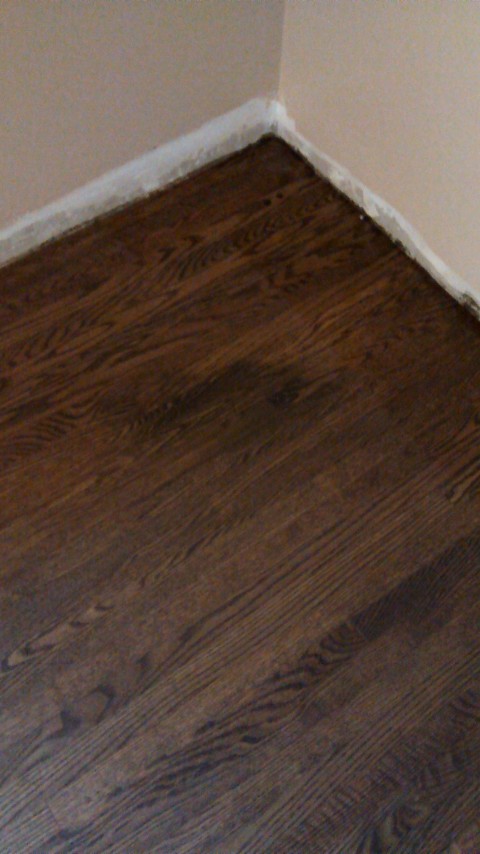
As you can see, the darker area at the top of the above picture is the original pet stain that we just couldn't "sand out"; it is exactly the same as the dark board (not damaged by pets), lower in the picture. This picture shows a wood floor with one coat of dark stain and one coat of varnish.
Preventive Measures for Pet Owners
Once you’ve cleaned the stain, it’s important to prevent repeat incidents and protect your hardwood floors long-term.
1. Seal Your Hardwood Floors
2. Place Litter Boxes in Accessible, Low-Stress Areas
- Use a polyurethane or water-resistant sealant to prevent liquid from soaking in.
- Reapply sealant every few years or as recommended.
Cats sometimes avoid using litter boxes due to location or cleanliness. Make sure:
3. Use Deterrent Sprays
- The box is cleaned daily.
- It’s placed in a quiet, easily accessible area.
- There are enough boxes—1 per cat, plus one extra is the general rule.
Sprays with citrus or menthol scents can discourage cats from marking a specific area again.
4. Monitor Cat Behavior
5. Use Mats or Rugs in High-Risk Areas
- Try products like No-Go™, PetSafe SSSCAT®, or homemade citrus sprays.
- Sudden marking or inappropriate urination may signal medical issues like urinary tract infections or stress.
- See a vet for unusual behavior changes.
- Rubber-backed rugs near doorways or under litter boxes can catch spills or accidents.
- Make sure mats are washable and dry quickly to avoid mould.
The Truth About Odor Neutralizers and Masking Agents
Many air fresheners or standard floor cleaners only mask odours. If uric acid crystals remain in the wood, the odour can reactivate with humidity, heat, or moisture. That’s why enzymatic cleaners are essential—they are among the only products that truly neutralize pet urine.
Avoid using:
- Ammonia-based cleaners (they smell similar to urine and may encourage marking)
- Bleach (harsh and ineffective for urine odours)
- Steam cleaners (they can set stains and push odour deeper)
Keeping your expectations real...
I know that some people do expect a perfect floor once we are done with it, and 9 out of 10 times we really can, but this one issue simply can not be fix with sanding.
If you are not sure what can and cannot be done to revitalize your hardwood floor, please give us a call. We will be happy to answer any questions you may have. We can be reached at 705-721-1082 or you can book an estimate by filling out the form on this page.
If you are looking for dark stain hardwood flooring ideas, take a look at this pinterest.com board.
Return to top of the Pet Stains page.
Visit our Instagram
Return to Home Page


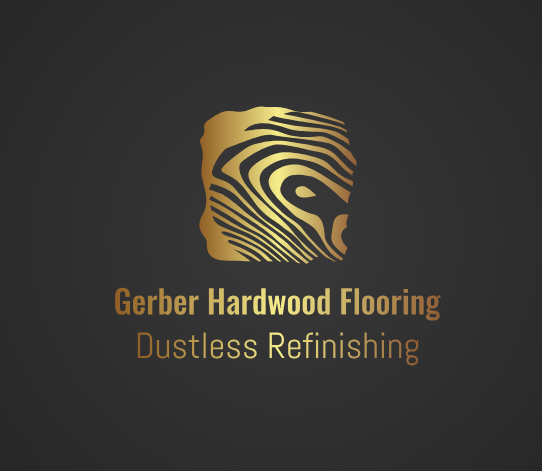







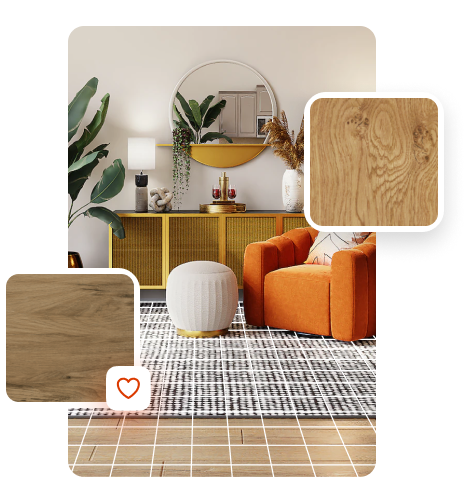

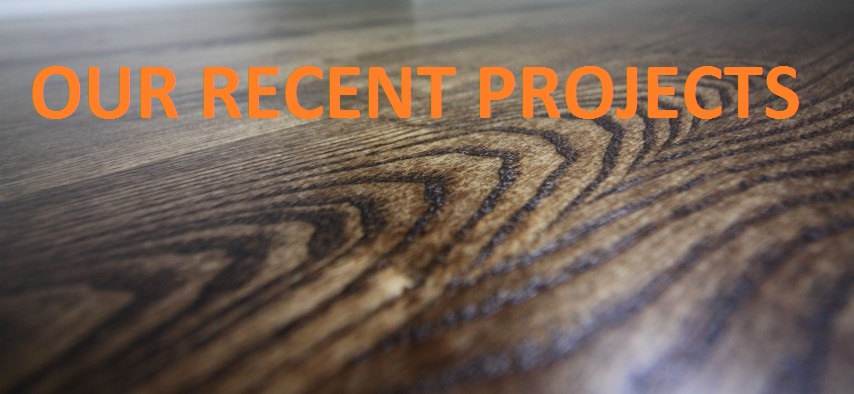

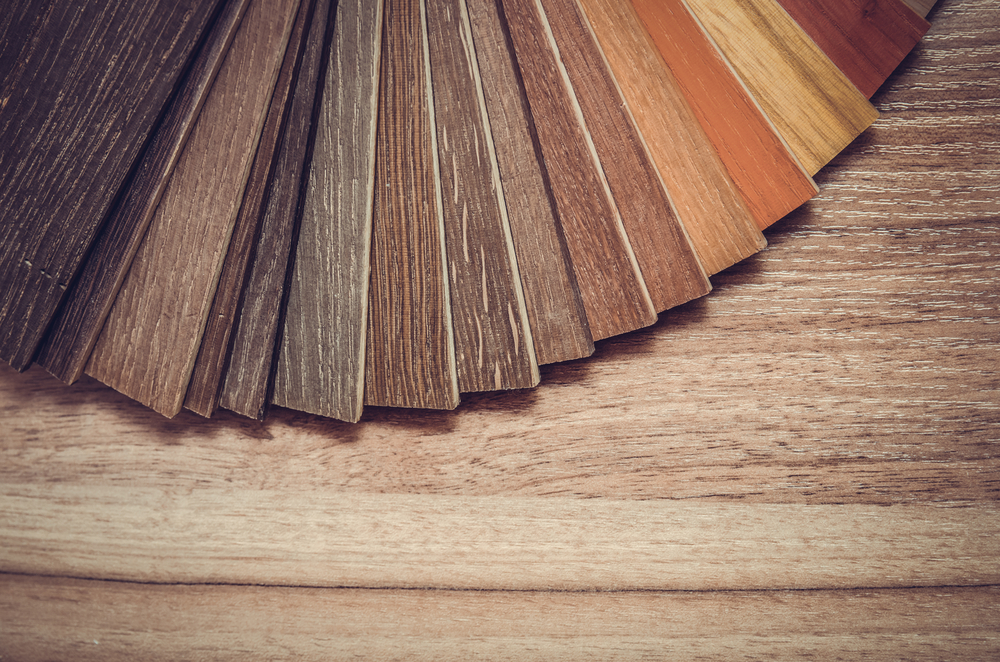


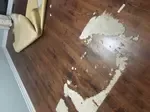







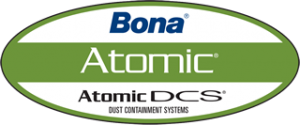
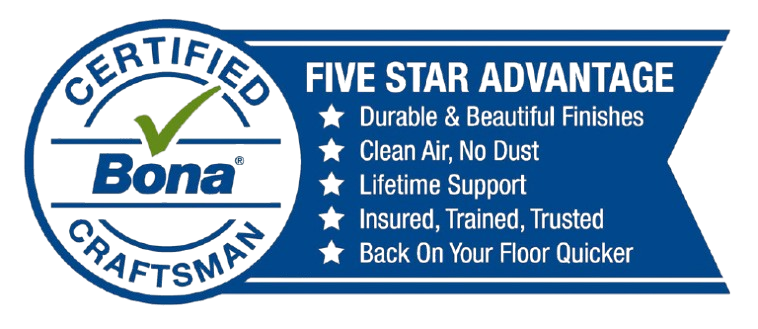
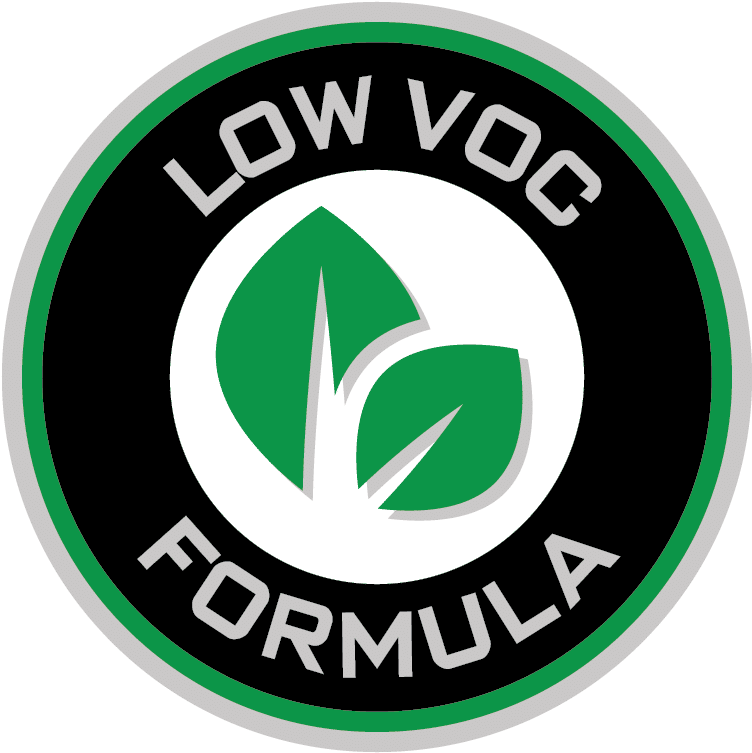


New! Comments
Have your say about what you just read! Leave me a comment in the box below.